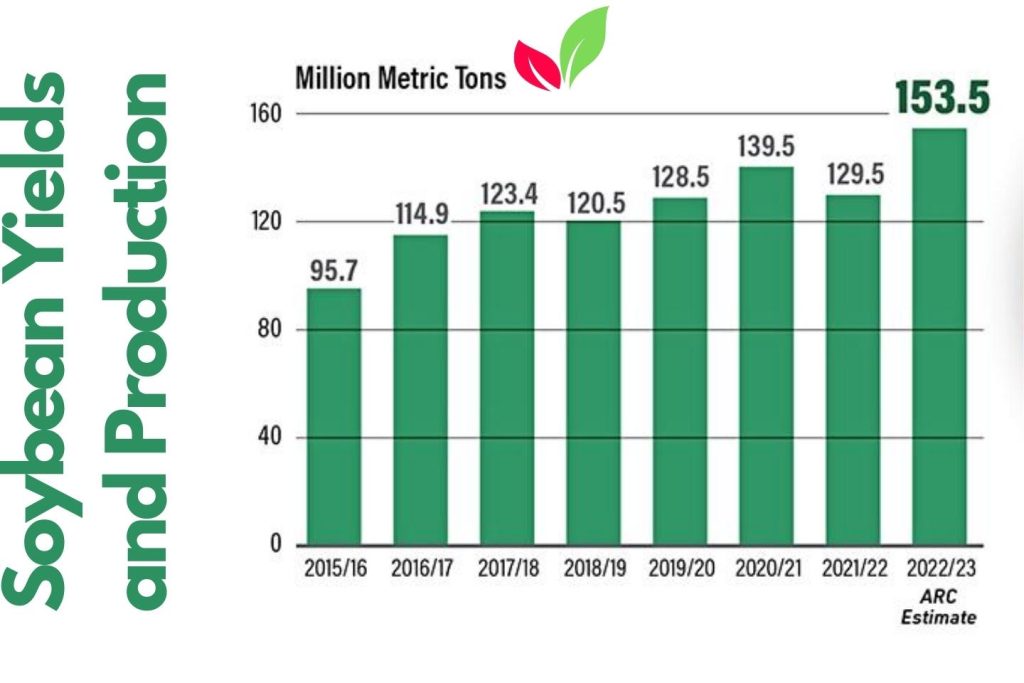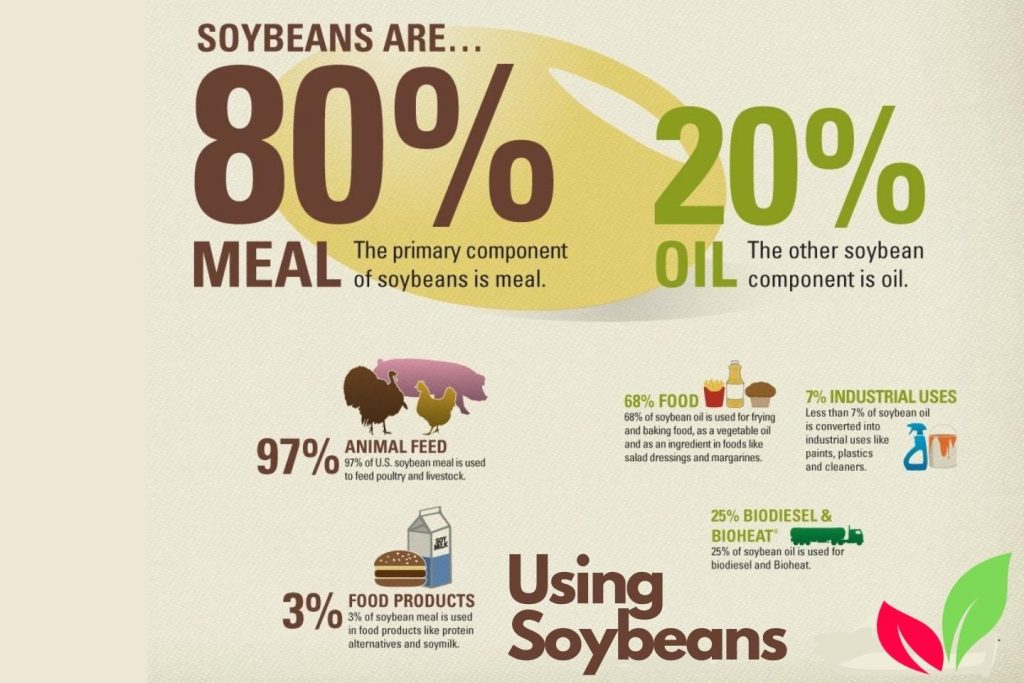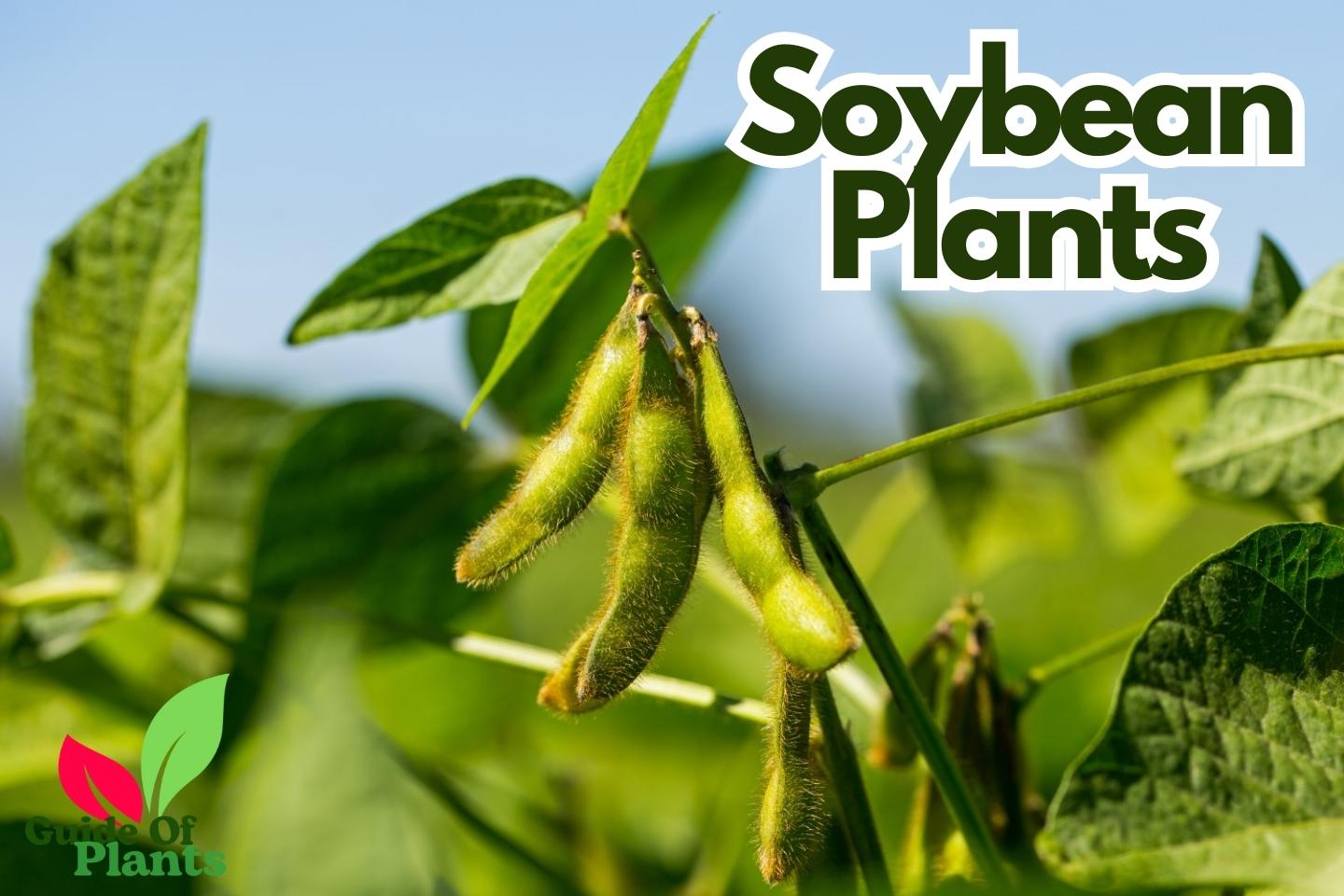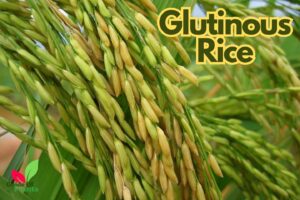Soybeans are one of the most widely cultivated and utilized crops in the world. As an incredibly versatile legume rich in protein, oil, and fiber, the soybean plant serves as a staple food source and industrial commodity across the globe.
This blog will explore the fascinating history, biology, and uses of the soybean plant in detail. We’ll cover everything from how soybean plant is grown to their applications in food, feed, and more. Read on to learn what makes the unassuming soybean such an economically and nutritionally vital crop.
Table of Contents
Also Know About:
A Brief History of Soybeans
Soybeans originated in East Asia, with the earliest cultivation traced back to 11th century BC China. Initially grown primarily for their oil and protein content, soybeans were known as a useful crop rotation plant that helped fix nitrogen in the soil.
- The soybean plant spread across Asia over centuries, becoming a dietary staple in many countries. Records show Japan and Indonesia growing soybeans as early as the 8th century AD.
- Soybeans arrived in Europe in the 18th century but remained an exotic curiosity. It was not until the early 20th century that the soybean plant reached North America as immigrants brought seeds from China.
- Soybean production skyrocketed in the United States in the 1940s due to rising demand and the crop’s importance during wartime shortages. Today, the US is the world’s largest producer and exporter of soybeans.
- Through human migration and trade, the soybean plant traversed continents to become one of the world’s most widely grown and traded agricultural commodities.

The Biology of the Soybean Plant
To understand why soybeans have succeeded globally, we must explore the botany and growth habits that make them an efficient and hardy crop.
Scientific Classification
- Kingdom: Plantae
- Order: Fabales
- Family: Fabaceae
- Genus: Glycine
- Species: Glycine max
This places the cultivated soybean plant in the legume family alongside peas, peanuts, and alfalfa.
Physical Characteristics
Stems: Soybeans have erect, bushy stems that can reach 2 to 5 feet in height depending on the variety.
Leaves: The leaves are trifoliate with three leaflets per stem node. Soybean leaves are alternately arranged and covered in fine hairs.
Flowers: Soybean flowers are self-fertile and appear in clusters of small purple or white blooms towards the top of the plant.
Pods and Seeds: After fertilization, seed pods containing 2-4 seeds form from the soybean flowers. The pods range from 1 to 3 inches long and each seed is around 1/8 to 1/2 inch in diameter.
Soybean seeds come in a variety of colors like black, brown, yellow, and green depending on genetics and environmental factors.
Know About: Bamboo Rice

Growth Stages
To produce an abundant harvest, soybean plants progress through several distinct phases of development:
Germination
When the seed imbibes water, germination occurs, marking the first stage of growth. The young root emerges from the seed coat first, followed by the appearance of the hypocotyl that pushes the cotyledons, or seed leaves, upward.
Vegetative Stages
In the second phase after germination, soybeans enter their vegetative growth period where leaves unfold in alternating pairs and the plant’s canopy expands. This rapid leaf development allows the plant to capture sunlight for photosynthesis.
Flowering
The plant transitions into the reproductive stage once flowering is triggered by factors like photoperiod. Flower buds emerge first, followed by full flowering and pollination if successful fertilization occurs.
Pod and Seed Development
With pollination completed, fertilized ovaries swell into the familiar pods that form along the stems. Inside each pod, the soybean seeds accumulate oils, proteins, and carbohydrates as they mature.
Soybeans reach physiological maturity when maximum dry matter accumulates in the seeds. The leaves yellow and drop and the crop fully dries down in preparation for harvest.
Photosynthesis and Nutrient Needs
Like all plants, soybeans convert sunlight, water, and carbon dioxide into sugars and energy through photosynthesis. As legumes, soybeans also utilize symbiotic bacteria in their root nodules to fix atmospheric nitrogen for amino acid and protein production.
To achieve high yields, soybeans require adequate moisture and warm temperatures along with key nutrients like phosphorus, calcium, magnesium, and potassium. The plant’s nutrient needs must be met through fertilization of deficient soils.
Growing Soybeans
The unique adaptability of soybeans enables them to grow across diverse environments and production systems. Here is an overview of soybean requirements and agricultural practices:

Climate and Soil Requirements
Soybeans perform best in hot summers with optimum temperatures between 70°F and 85°F during flowering and pod fill. Soybeans can tolerate drought but adequate moisture is needed, especially during key stages like germination and seed development.
Soybeans grow in a wide range of soils but prefer fertile, well-drained loams or sandy loams with a neutral pH around 6.5-7.0. Soil organic matter helps supply nutrients.
Planting Practices
Soybeans are classified as short day plants, meaning their flowering is induced as daylight hours shorten in spring and early summer. To align their development with this response, soybeans are planted from late spring through early summer depending on latitude.
Soybeans are planted 1-2 inches deep at a seeding rate that varies from 60,000 to 200,000 seeds per acre depending on variables like row spacing and soil fertility. Optimal emergence requires soil moisture and temperatures above 50°F.
Fertilization
While capable of nitrogen fixation, soybeans often need supplemental fertilizer application, especially phosphorus and potassium. Nutrient requirements depend on soil test results and yield goals.
Pest and Disease Management
Diseases like soybean plant cyst nematode and pests like soybean aphids must be controlled to prevent yield losses. Weed pressure must also be minimized through cultivation, herbicides, and crop rotation.
Harvesting
Soybeans are ready for harvest once they reach mature dryness at moisture levels around 13%. Combines are used to cut the plants and separate the beans from the pods through threshing and cleaning. The seeds are collected in a grain tank for storage and transport. Harvest typically occurs in late summer or autumn.
Yields average around 30 to 50 bushels per acre but can reach as high as 70 to 80 bushels per acre under ideal growing conditions and top management practices.
Also Know About: Quinoa Cultivation as a Sustainable Crop
Soybean Yields and Production
With its flexible growing requirements and manifold uses, soybean production has expanded globally:

Factors Affecting Yield
Soybean plant yields are influenced by genetics, soil fertility, climate and weather patterns, water availability, and crop management decisions. Higher plant populations, sufficient nutrition, and pest control also increase yields.
Global Production Trends
Worldwide soybean production has steadily increased from 27 million metric tons in 1960 to 353 million metric tons in 2020. This demand-driven growth reflects rising utilization of soybeans for food, animal feed, and oil.
Major Producing Countries
Currently, the top five soybean plant producing nations are:
- United States
- Brazil
- Argentina
- China
- India
The US and Brazil account for over 70% of global production, with the US producing nearly 120 million metric tons annually.
Applications and Products
Soybeans support a huge range of processed food, feed, and industrial products. Soybean oil and protein are the two primary targets of processing. Soybean meal serves as an important source of protein in livestock and aquaculture feeds. Soybeans are also increasingly used to produce renewable biodiesel fuel.
Using Soybeans
From the field to the grocery aisle, soybeans are put to work in all sorts of ways thanks to their composite protein, oil, carbohydrate, and fiber profile:

Soybean Oil Extraction
To extract soybean oil, seeds are first cracked and dehulled. The soybeans are then crushed using heavy rollers that grind the cotyledons into thin flakes, rupturing oil cells and increasing surface area.
Industrial Uses: In industry, soybean oil is made into inks, paints, resins, plastics, biodiesel fuel, and other products.
Culinary Uses: In the kitchen, soybean oil is used for frying, baking, salad dressings, margarine, and non-dairy creamers thanks to its versatile flavor and high smoke point.
Soybean Meal: After the oil extraction process, the high-protein defatted flakes are ground into the versatile feed product soybean meal.
Livestock Feed: Soybean meal is incorporated into feed rations for cattle, pigs, poultry, and fish because of its well-balanced amino acid profile. Ruminants can also eat whole raw soybeans along with their other forage.
Human Consumption: For humans, soybean meal is processed into defatted soy flour, soy protein concentrate, soy protein isolates, and textured soy protein used in many packaged foods.
Also Know About: Organic Vegetable Gardening
Food Products
Whole soybeans and soy ingredients are made into an array of human foods including:
Tofu: This plant-based protein is made by coagulating hot soy milk and pressing the curds into soft, firm, or extra firm blocks.
Soy Milk: Similar to dairy milk, soy milk is produced by soaking, grinding, and straining soaked soybeans with added water.
Meat Substitutes: Soy proteins like textured vegetable protein (TVP) and soy protein isolate are used to produce vegetarian and vegan meat analogues.
Soybean Crop Improvement
To increase yields, combat pests, and breed better varieties, soybean plant research focuses on genetic advancements:
Breeding Objectives
- Disease resistance: Breeding work aims to develop soybean plant varieties resistant to major diseases like soybean cyst nematode, Phytophthora root rot, and sudden death syndrome.
- Herbicide tolerance: Most new soybeans are bred to tolerate glyphosate or other herbicides like dicamba. This allows more effective weed control.
- Yield enhancement: Breeders select genetics for traits like increased pods per node, enhanced stress tolerance, and early maturity to maximize productivity.
Genetic Improvements
- Transgenic varieties: Genetic engineering has produced soybeans with transgenic additions like insect and herbicide resistance. 93% of US soybeans are genetically modified.
- Gene editing: Newer gene editing techniques like CRISPR allow precise changes to the soybean’s DNA to achieve agronomic improvements.
Sustainability Practices
- Crop rotation: Rotating soybeans with non-legume crops helps manage pests, weeds, and soil fertility.
- Conservation tillage: Minimizing soil disturbance helps prevent erosion and protect organic matter.
- Cover cropping: Off-season cover crops like rye improve the soil for the following soybean crop.

The Future of Soybeans
With soybean demand projected to increase, here is an outlook on the key opportunities and challenges ahead:
Projected Demand Drivers
Global population growth and rising incomes in developing nations will expand the market for soybean oil and protein products. The biofuel industry offers high potential to utilize soybean oil production. Meat and dairy alternatives are a growth segment for new soy-based foods.
Overcoming Production Challenges
Stagnant yields need to be addressed through breeding and crop management innovations to maintain adequate supply. Abiotic stresses like drought may impact production as climate patterns shift. Compaction, erosion, and loss of soil organic matter impact long-term productivity.
Innovation Opportunities
Better data collection and analysis will allow insights into maximizing yields. Gene editing techniques can quickly introduce drought tolerance and other traits. Development of new soy food products can add value to the crop.
Role in Sustainable Agriculture
As a legume, the soybean plant will remain important for crop rotations to naturally fertilize soils. Industrial uses of soybean oil are a renewable alternative to fossil fuels. Soybean meal provides high-quality protein efficiently from limited land resources.
Also Know About: Crop Farming Unleashed, From Seed to Revolution
Conclusion
The humble soybean plant has secured an invaluable spot in agriculture thanks to the soybean plant’s adaptability, nutrient composition, and multifunctional uses. Soybeans will continue serving key purposes ranging from food production to sustainable farming practices.
This article provided a thorough overview of the soybean plant including its fascinating history of dissemination from East Asia, its biology and growth habits, how it is cultivated, and the wide applications of its oil and protein both in the food system and industrial sphere. With its integral role in the global economy established, the soybean plant appears poised for even greater importance as the world’s population expands.
Through ongoing research and innovative crop farming improvements, the soybean plant will meet these future challenges. Farmers now face the critical task of sustainably maximizing its productivity while protecting fragile agricultural ecosystems. If they succeed, the unpretentious but mighty soybean may help feed and fuel the planet for generations to come.




